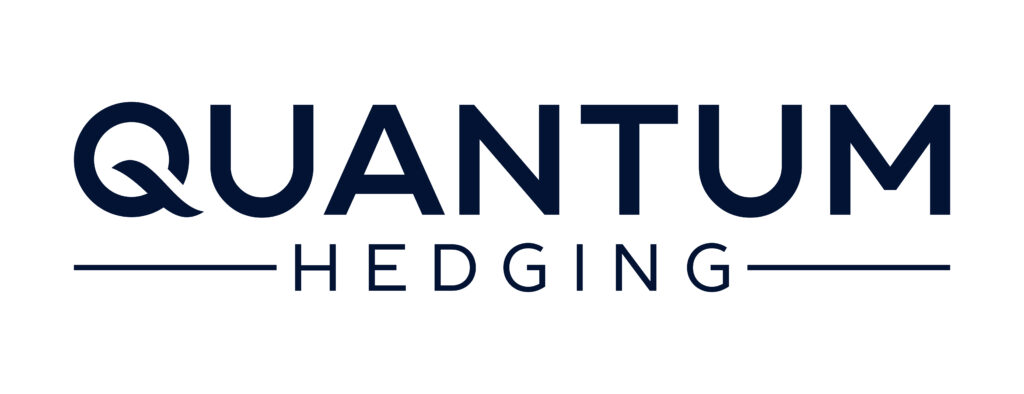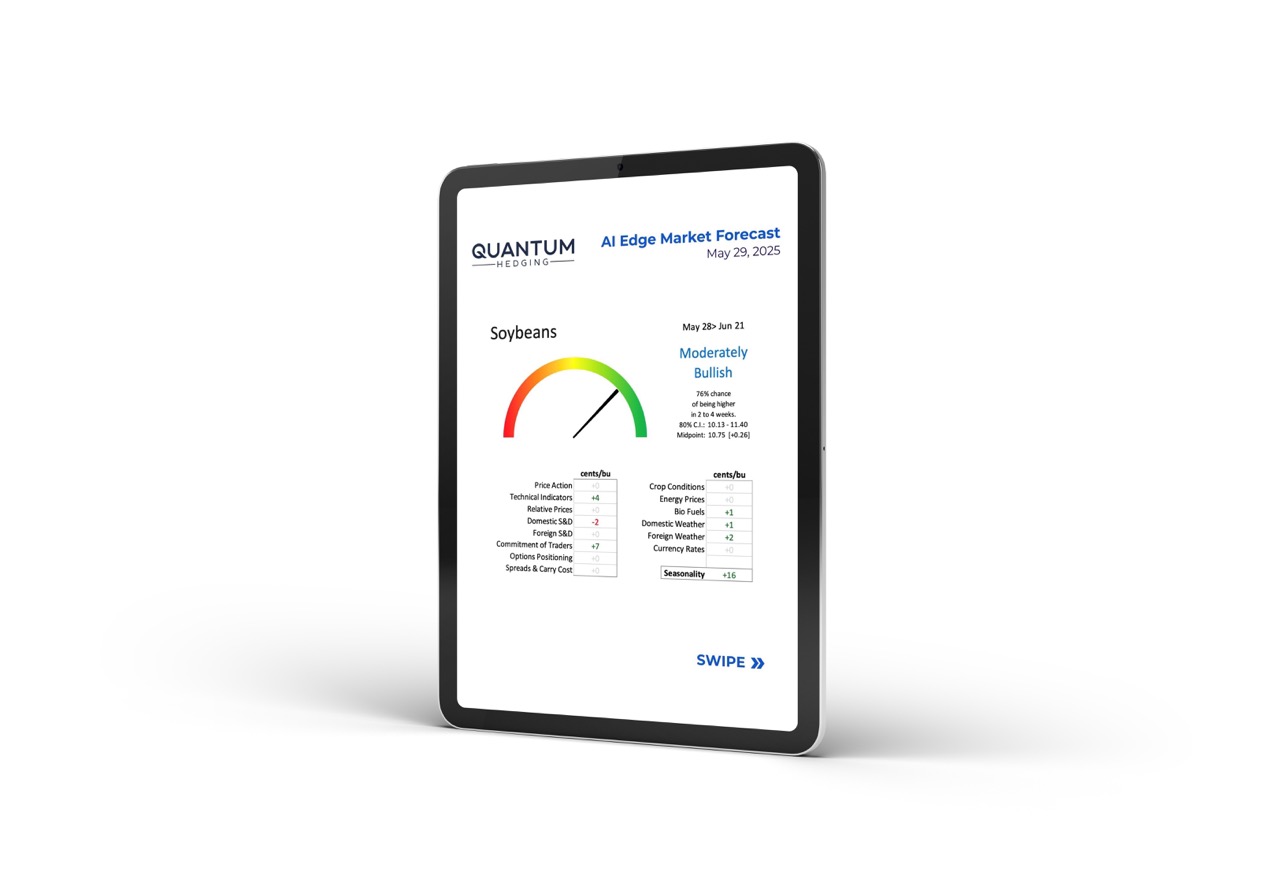Navigating Risk in Finance: The Power of Monte Carlo Simulations
In the intricate world of finance, where uncertainty looms large and risks can have significant consequences, understanding and managing risk is paramount. One tool that has become indispensable for financial institutions like banks and insurance companies is the Monte Carlo simulation. Despite its sophisticated-sounding name, the concept behind Monte Carlo simulations is surprisingly simple and immensely powerful.
What are Monte Carlo Simulations?
Imagine trying to predict the outcome of a complex system with numerous variables, each with its own range of possible values. Monte Carlo simulations provide a method for modeling such systems by generating thousands or even millions of random inputs within specified ranges and then analyzing the outcomes. The name “Monte Carlo” originates from the famed Monte Carlo Casino in Monaco, known for its games of chance and randomness. The technique was first developed in the 1940s by scientists working on the Manhattan Project, seeking a way to understand the behavior of neutron diffusion. Since then, it has found applications in various fields, including finance.
Application in Finance
In the financial realm, Monte Carlo simulations are invaluable for assessing and managing risk. Financial markets are inherently unpredictable, influenced by countless factors ranging from economic indicators to geopolitical events. By simulating a multitude of possible scenarios, Monte Carlo simulations allow institutions to grasp the range of potential outcomes and make informed decisions.
For example, consider a bank interested in understanding the risk associated with investing in commodities such as oil. By inputting historical data, along with assumptions about future market conditions, into a Monte Carlo model, the bank can simulate the fluctuation of oil prices over time. Moreover, the bank can test various trading strategies within these simulations to evaluate their effectiveness in mitigating risk and maximizing returns.
Outputs and Decision-making
The outputs of a Monte Carlo simulation provide valuable insights for decision-makers. Here are some key metrics typically derived from these simulations:
-
Expected Value: This represents the average outcome across all simulated scenarios. It provides a baseline for estimating potential returns or losses.
-
Standard Deviation: A measure of the dispersion of outcomes around the expected value. A higher standard deviation indicates greater volatility and risk.
-
Percentiles: By examining different percentiles (e.g., 5th percentile, 95th percentile), institutions can assess the likelihood of extreme outcomes, such as significant losses or windfall gains.
Armed with these insights, financial institutions can tailor their strategies to align with their risk tolerance and investment objectives. Whether it’s optimizing portfolio allocations, pricing insurance products, or stress-testing financial models, Monte Carlo simulations offer a robust framework for navigating the complexities of multi-dimensional risk in finance.
Monte Carlo simulations serve as a powerful tool for financial institutions to understand, manage, and mitigate risk in an uncertain world. By harnessing the principles of probability and randomness, these simulations empower decision-makers to make better informed choices in an ever-evolving financial landscape.
Subscribe to Stay Informed on the Latest Technology in Grain Commodity Markets
At Quantum Hedging, we specialize in helping clients build effective grain marketing strategies, leveraging data, benchmarks, and cutting-edge AI predictive analytics and machine learning to maximize returns and manage risk. Subscribe to Quantum Hedging for free data-driven grain market analysis straight to your inbox.



